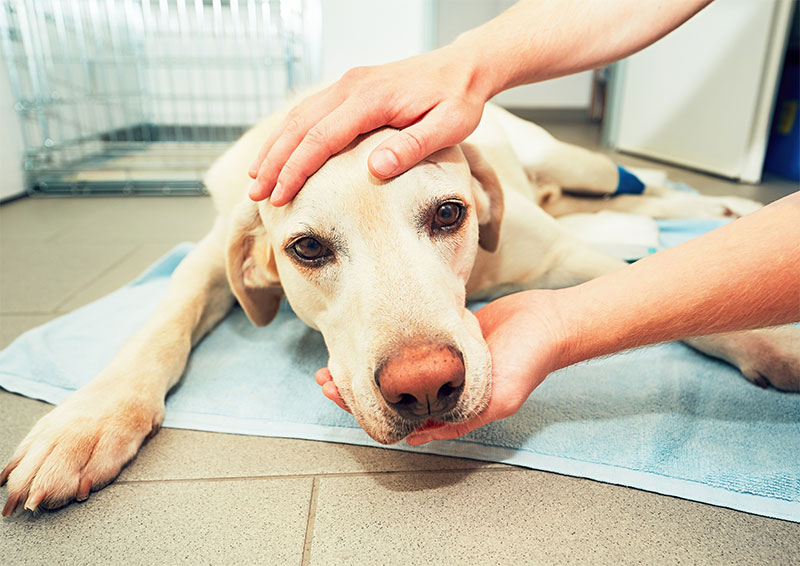Common Injuries in Pets That Can Be Treated By Orthopedic Surgery
Torn Cruciate Ligament (Cranial Cruciate Ligament Rupture):
This is one of the most common orthopedic injuries in dogs, especially in larger breeds. The cranial cruciate ligament (CCL) is analogous to the anterior cruciate ligament (ACL) in humans. Injury to this ligament can occur due to trauma, degeneration, or chronic stress. It often leads to lameness, swelling, and pain in the affected limb. Surgical intervention, such as a procedure called TPLO (Tibial Plateau Leveling Osteotomy) or TTA (Tibial Tuberosity Advancement), is often necessary to stabilize the knee joint and restore function.
Fractures:
Fractures in pets can occur due to trauma, falls, or underlying bone diseases. Fractures can vary in severity from simple to complex, and treatment options depend on factors such as the location and type of fracture. Orthopedic surgery may involve procedures like internal fixation (using plates, screws, or pins) to stabilize the fracture, or external fixation (using a cast or external fixator) in some cases.
Luxated Patella (Patellar Luxation):
Luxating patella is a condition where the kneecap (patella) moves out of its normal position, often shifting to the inside or outside of the knee joint. This condition is common in small and toy breeds. It can cause intermittent lameness, pain, and difficulty walking. Surgical correction may involve procedures to realign the patella and deepen the groove in which it sits, such as a trochleoplasty or a tibial tuberosity transposition.
Hip Dysplasia:
Hip dysplasia is a hereditary condition where there is abnormal development of the hip joint, leading to instability, pain, and degeneration of the joint over time. Large and giant breed dogs are particularly susceptible. While milder cases may be managed with medication and physical therapy, severe cases often require surgical intervention. Orthopedic surgeries for hip dysplasia include procedures like femoral head ostectomy (FHO), where the head of the femur is removed, or total hip replacement (THR), where the entire hip joint is replaced with an artificial prosthesis.
Ensuring Your Pet's Orthopedic Wellness: Trusting Animal Wellness Center For Your Pets Health & Happiness
Orthopedic surgery plays a crucial role in treating these common injuries and ailments in pets, helping to alleviate pain, restore function, and improve their quality of life. When it comes to your pet’s orthopedic health, you can trust the dedicated team at Animal Wellness Center to provide the highest quality care, partnering with you from diagnosis to recovery to ensure that your pet enjoys a happy, healthy, and active life.








